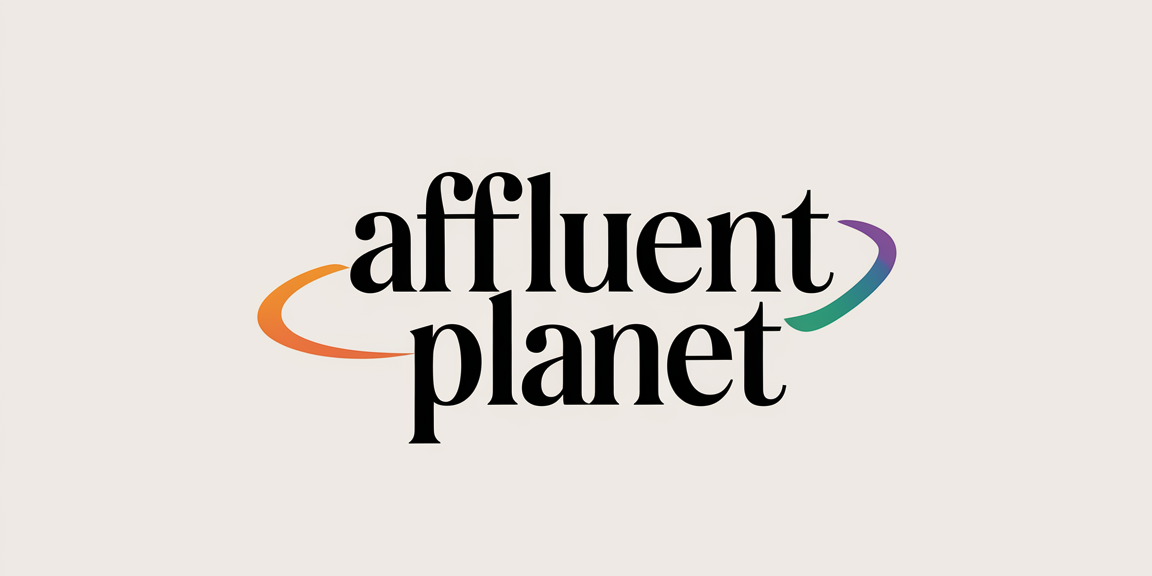Digital art has moved from niche screens to the global stage, creating an entirely new market for creators and collectors alike. As technology shapes how we view, share, and invest in art, this shift is making waves across the traditional art world and beyond.
Artists Can Reach Global Audiences Directly
Digital platforms allow artists to share and sell their work without relying on galleries or agents. This gives creators more control over pricing, presentation, and audience. With just a few clicks, an artist in Lagos can sell to a collector in Tokyo. This accessibility has opened the door to a wider, more inclusive art economy. It’s changing who gets seen and who gets paid.
Collectors Are No Longer Limited by Geography
Buying art no longer means traveling to an auction or visiting a gallery in person. Collectors can browse digital portfolios from anywhere, making the market truly global. This shift allows for greater cultural exchange and discovery across borders. It’s easier than ever to discover emerging talent from underrepresented regions. As a result, the collector base is broader, younger, and more diverse.
Blockchain Technology Builds Trust and Transparency
Blockchain plays a major role in supporting the rise of digital art by providing secure proof of ownership through NFTs. This helps reduce forgery, protects artists’ rights, and creates confidence for buyers. Every transaction is recorded and trackable, which makes resale and royalties easier to manage. The added transparency is part of what’s drawing both tech-savvy and traditional investors. It brings structure to what used to feel uncertain.
Galleries and Museums Are Expanding Online
Cultural institutions are adapting by creating digital galleries and virtual exhibits. This expands access to audiences who may not have the means or proximity to visit in person. These virtual spaces allow curators to present art in innovative, immersive ways. It also helps museums remain relevant in an increasingly digital-first world. While physical spaces still matter, the digital realm is now essential.
Social Media Is a Powerful Tool for Discovery
Platforms like Instagram, TikTok, and Twitter have become major engines for showcasing digital art. Artists use these channels to build communities, connect with fans, and promote their work. For collectors, social media offers a real-time look at what’s trending and who’s gaining attention. This has made the discovery process faster, more interactive, and more democratic. In many ways, it’s replacing the traditional gatekeepers.
New Formats Are Expanding the Definition of Art
Digital art isn’t just a painting on a screen—it includes animation, virtual reality, generative works, and more. These new formats invite viewers to interact with art in dynamic ways. Artists are using code, data, and algorithms as tools of expression. Many of these formats don’t fit neatly into the traditional gallery model. The digital space, however, gives them the freedom to evolve and find an audience.
Younger Generations Are Driving Growth
Millennials and Gen Z are leading the charge in collecting digital art. They are comfortable with digital ownership and see value in supporting creators directly. For many, collecting is less about prestige and more about passion, identity, and community. They’re also more likely to invest in art through platforms that reflect their values. This generation is reshaping what it means to be a collector.
Accessibility Is Fueling Participation
Digital art lowers the barrier to entry for both creators and collectors. Artists no longer need gallery representation to succeed. Likewise, collectors can start small without needing deep industry connections. The process is more transparent, and tools are more user-friendly than ever. This accessibility is one reason the market is growing so quickly. It invites more people to take part in the art world.
Global Economic Trends Support Digital Alternatives
With shifts in the global economy, people are looking for new forms of investment. Digital art has emerged as both a creative outlet and a potential asset. While still volatile, it offers unique benefits like provenance, scarcity, and cultural relevance. As interest in alternative investments grows, digital art fits naturally into the conversation. It’s part art, part tech, and part opportunity.
The Market Is Evolving in Real Time
Digital art isn’t just a trend—it’s a living, evolving ecosystem. From virtual galleries to AI-created works, the space is moving fast and attracting serious attention. Institutions, investors, and artists are all adapting at once. The global nature of the market means innovation can come from anywhere. And with every new development, the boundaries of art continue to expand.
Digital art has moved from the margins to the mainstream. It’s changing how we create, collect, and connect with art around the world. As the market grows, it’s clear this isn’t a passing trend—it’s the new normal.

